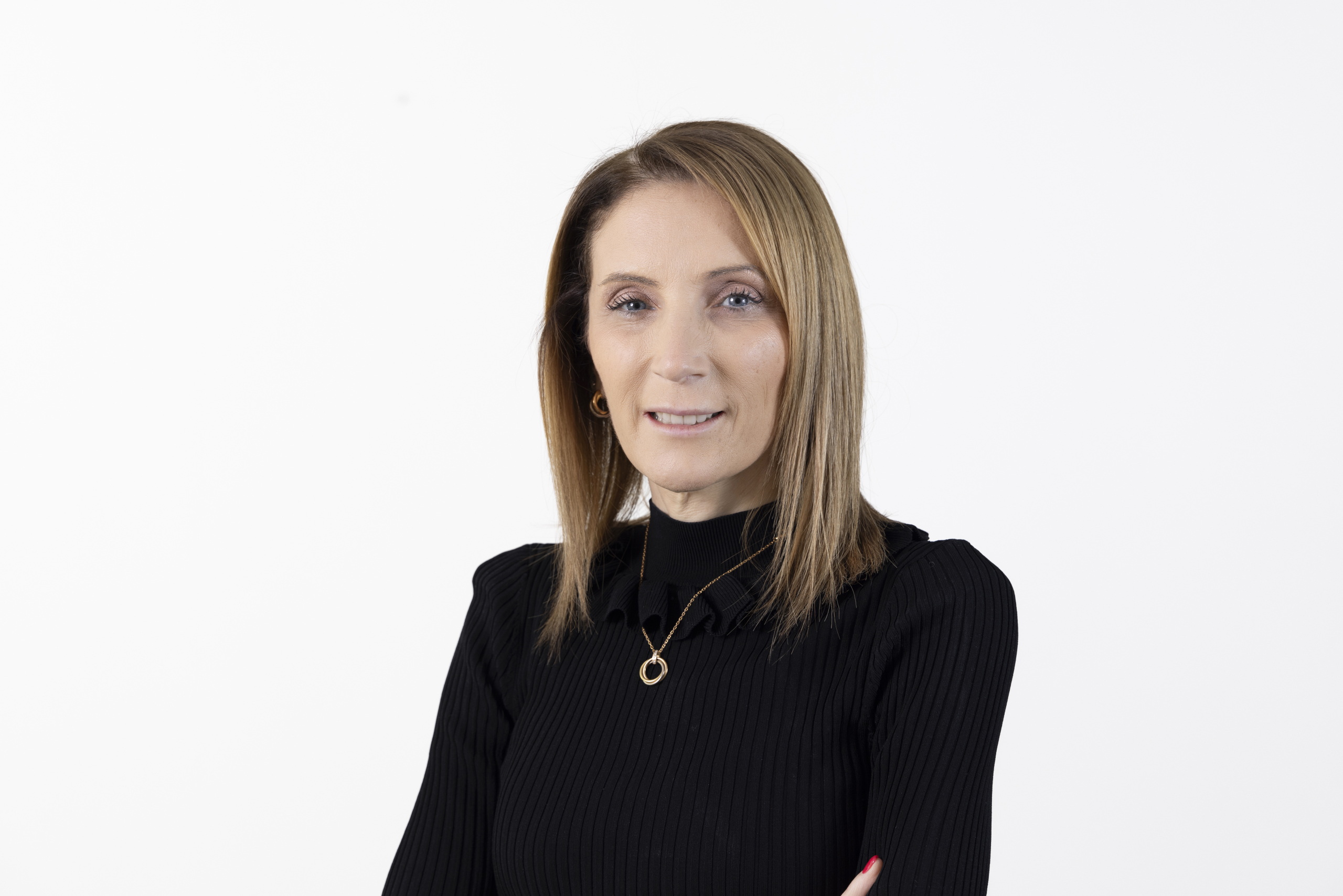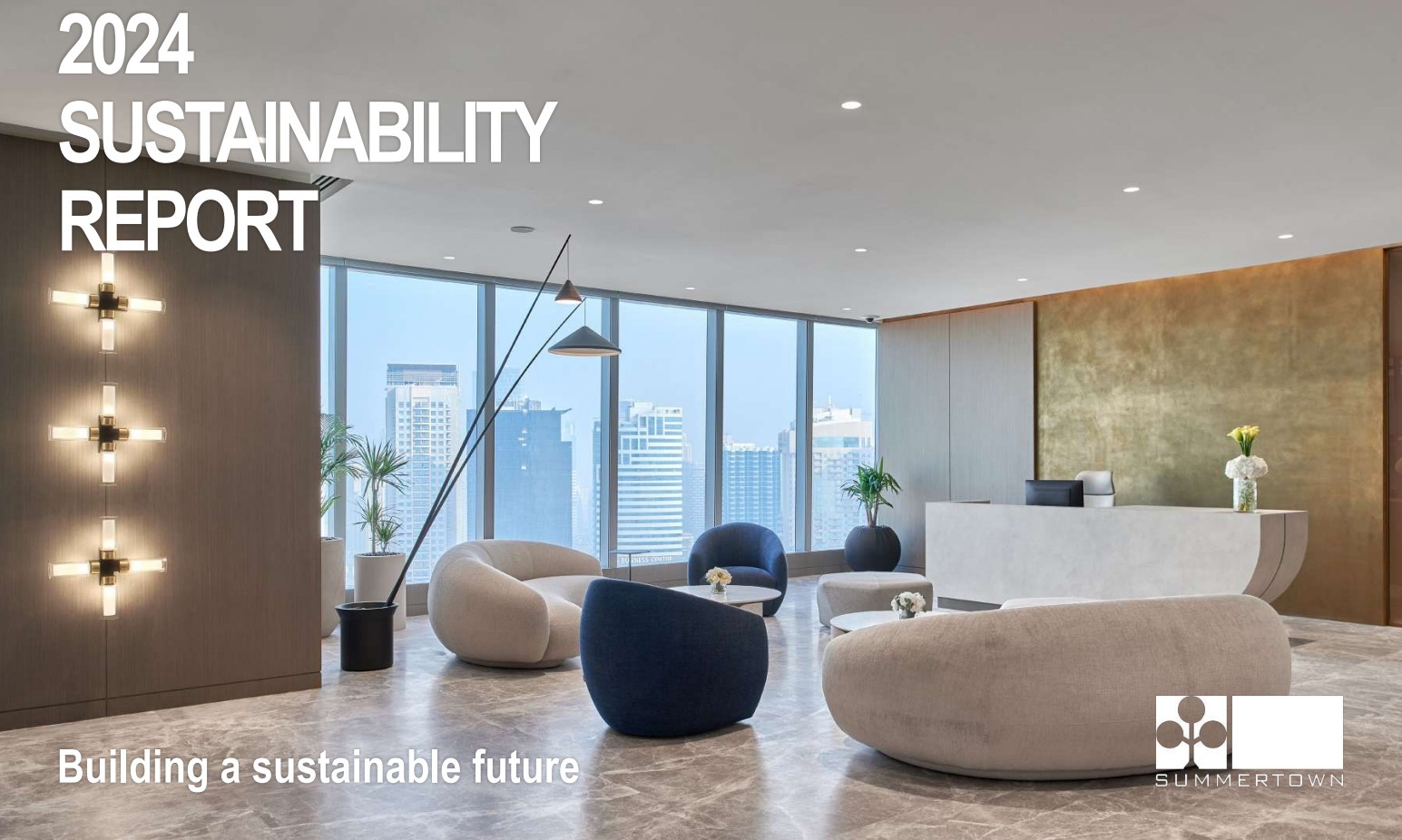Creating activity based spaces that encourage employee engagement and collaboration via seamless technological integration continues to shape the workplace
However, in the 2016 Dell and Intel Future Workforce Study, 44% of employees are of the view that their workplace is not “smart” enough. Additionally, more than 50% of employees expect to be engaged in “smart” workplaces within the next five years. Businesses that have not considered upgrading their offices may have to realign their priorities when it comes to meeting the expectations of new talent.
By cleverly integrating the latest technologies into an office fit-out, employees can feel more creative, productive and engaged. A study by Steelcase and Microsoft has shown that the creativity process requires diverse work modes as well as different types of technology. Whether working alone or in groups, activity based working demands a need for a range of devices that are mobile and integrated into the physical workplace.
Recently, in partnership with Design Worldwide Partnership, Summertown completed the fit-out of the Smart Dubai office – the headquarters of Dubai’s tech-led Smart City initiative. Smart Dubai wanted innovative technology in their workplace that embraced their core values and mission to establish Dubai as the most efficient, seamless, safe and impactful experience for residents and visitors.
The office was designed to encourage collaboration via cleverly integrated sharable ‘digital spaces’. Meeting rooms featured seamless connectivity with multiple devices and writable walls to help foster creativity and productivity. Additional technology installed included a virtual unmanned reception, a café with a curved LED screen to broadcast live feeds of social media and events, an auditorium with flexible seating and quiet zones where employees can choose to work thanks to 24/7 wireless connectivity.
The technology integrated in the Smart Dubai office is a prime example of the UAE leadership’s commitment to becoming one of the world’s best-connected cities. As new technologies and working habits continue to transform traditional workplaces, designers, architects and workspace solution providers will have to work together to introduce these principles into projects to increase user satisfaction and productivity.

